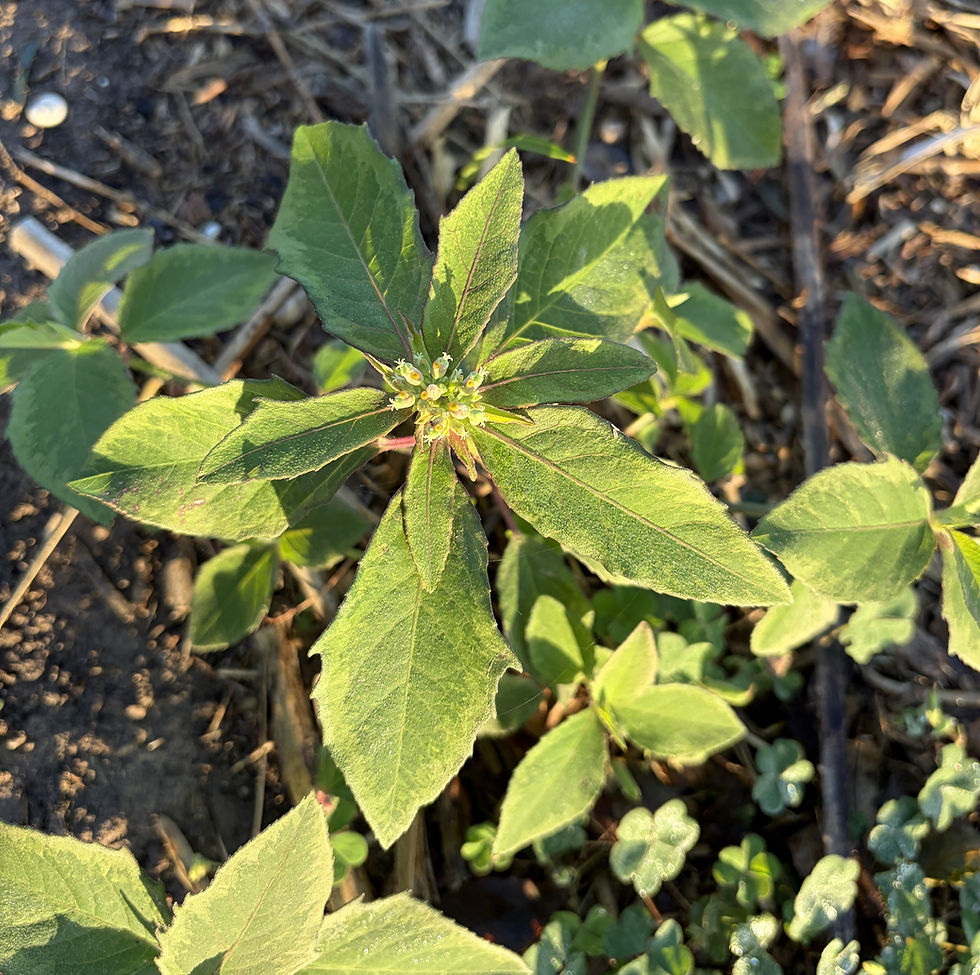A winter garden can be colorful with select native plants
- jjvanm
- Dec 18, 2022
- 2 min read

Published in the McAllen Monitor, December 17, 2022
Story and photos by Anita Westervelt, Texas Master Naturalist
Rain can bring a burst of color to a winter garden. Some native plants and trees bloom during normal times of the year and at odd times, after a rain, like Cenizo, Leucophyllum frutescens.
Cenizo, a shapely, medium-sized shrub, is native to West Texas, the Rio Grande Plains and northern Mexico. Because of its geographic range, diverse habitats and peculiar habits, it has quite a few local common names, like Texas sage, purple sage, Texas ranger, Texas rain sage, wild lilac, Texas silverleaf and barometer bush – which is why a plant’s botanical name is important.
In addition to its diverse nomenclature, the colors of the flowers and leaves are just as varied. from white-flowered, lavender-blue hued, pink, reddish purple and purple. Its soft, downy leaves can be green to silver to nearly white, including the more popular gray-green variety.
The name cenizo is Spanish for ashen, which describes the color of the leaves.
For most of the year, the shrub might seem useless, not holding up its end of the garden bargain, but it’s busier than you think, even during a drought when it isn’t blooming. Cenizo is host plant to calleta silkmoths and theona checkerspot butterflies. Dense shrubberies, like cenizo provide safe daytime havens for insects that come out at night.

Its odd name of barometer bush is because flowering is triggered by humidity or high soil moisture after rains – and when cenizo blooms, it’s a showstopper, worth the wait. The flowers are a popular nectar source for many pollinators; bees swarm the blooms, and ants surreptitiously wander the floral pathways, although it is not particularly an important nectar source for butterflies.
The plants are certainly showy from a distance when in full flower; to truly appreciate the art of the bloom, a close inspection is a must. Bloom clusters are made up of individual tiny bell-shaped flowers with colorful fringe-edged petals and white centers sprinkled with polka dots.

When not in bloom, the shrub’s silvery shades add contrast to the summer greens of a garden. Cenizo can grow to six feet tall and about as wide. It can survive extreme heat and drought.
If you don’t want to wait for rain to see winter blooms and splashy color, another important shrub is yellow sophora, Sophora tomentosa, a south Texas native. It can grow to five to six feet tall with long, irregular graceful arching branches that have a progression of yellow winged blooms to the branch tips.

It blooms all year, except during cold or drought periods, providing nectar for bees, butterflies, insects, hummingbirds and other small birds. The flowers are long-blooming and remain open at night for moths and other night pollinators.

The fruits are soft, pale yellow beaded pods about five inches long, that turn brown and dangle from the branches, giving the shrub its common name of necklace pod. Both cenizo and yellow sophora are excellent choices for a bat garden.
These winter months are the best time to plant trees and shrubs in the Valley. For a list of local Valley nurseries and noted publications about local native plants, visit: https://www.stbctmn.org/post/valley-native-plant-growers-nurseries.






